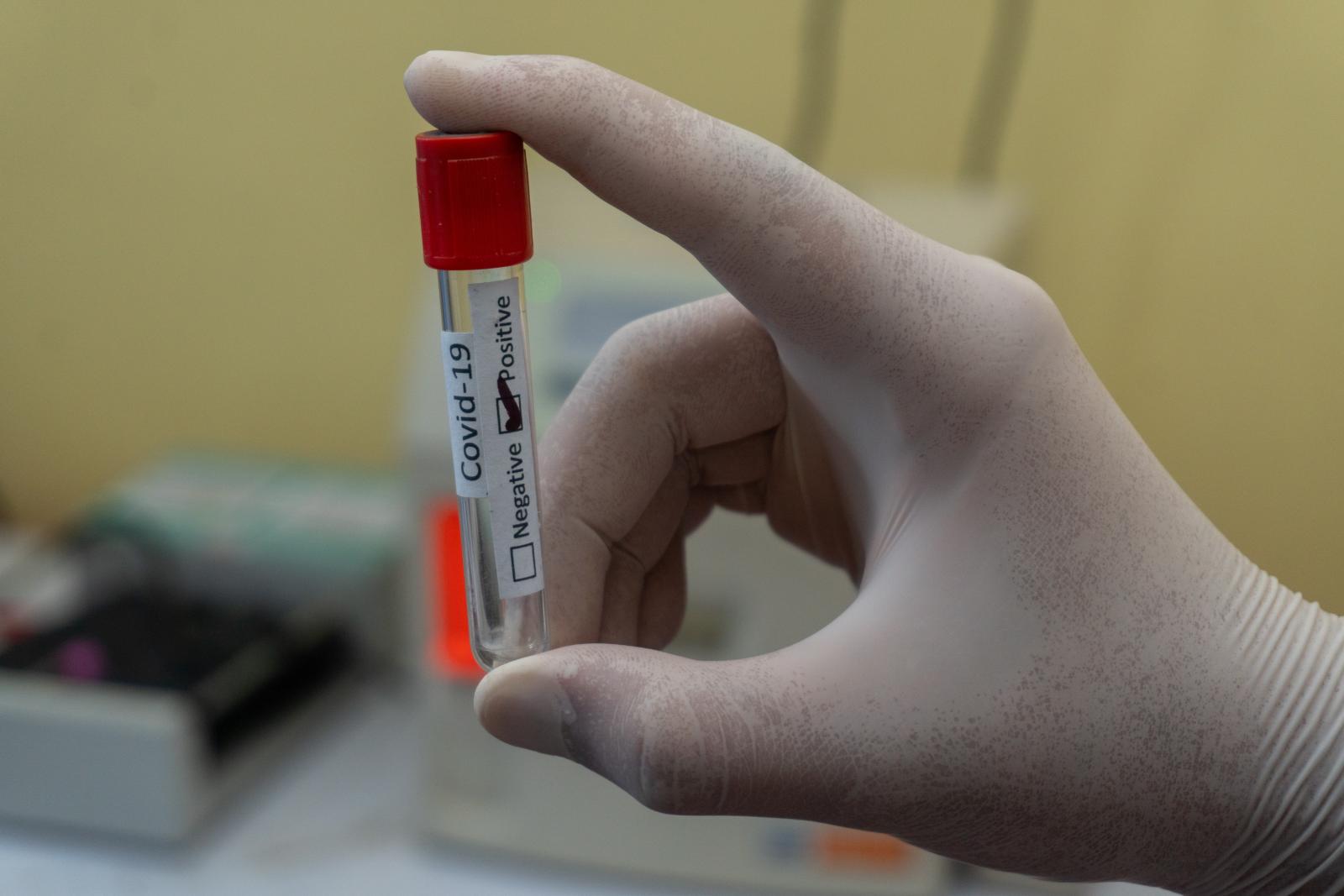From the East comes not only the threat of a Korean nuclear attack but also worrying news from China of a new avian flu epidemic, provoked by a virus which had never before affected mankind, called H7N9. But exactly ten years after the SARS emergency, which brought on thousands of cases and hundreds of deaths throughout the world (amongst which the Italian medic Carlo Urbani, the first to have discovered the corona virus which is responsible for this flu), new technology is forcing authorities to radically change the way in which the situation is managed, obligating them to be more transparent.
In fact, between 2002 and 2003, the silence imposed on the press by the Chinese regime, which due to national security kept the first SARS cases hidden, prevented an adequate containment of the epidemic which eventually spread all over the world.
Today, thanks to Internet, censorship is becoming more and more difficult. This can be seen by the first few frames of this new film, which we hope will have a happy ending. The first scene is rather disturbing, even though in the end it will prove to be irrelevant to the plot: over 16,000 carcasses of pigs that have died of unknown causes are floating on water which is destined to reach a large part of Shanhai's water resources. This news was reported by Weibo, the social network which, after Twitter was banned a few years ago, enables roughly 500 million Chinese people to exchange information. There's always the risk of being censored, but the zealous officers who have the task of checking information find it difficult to keep pace with the volume of work involved and the diffusion of the data. In this case it was impossible to deny the macabre episode which was seen by thousands of people. An official statement thus followed, which was intended to be reassuring: «Despite what happened, the water in Shanghai is still within acceptable quality standards,» the note states.
After a few days however the first cases of the new flu were reported, and it was not difficult to attribute a connection to the the events: a link however – it must be stated - which remains to be proven. The H7N9 virus like all influenza viruses is marked by various features of two proteins, the hemagglutinin H and the neuroaminidase N. As a matter of fact up until now it was isolated in rare cases and only in birds and not in pigs. Other cases of influenza A type H7 (but in other variants) were recorded in human beings outside of China, and in Italy as well, but only with mild signs such as colds and conjunctivitis.
The H7N9 combination however never passed, as far as we know, from birds to human beings. And this mixture, apparently, seems explosive: of the nine cases reported as at April 4, three were mortal, while the other six are in critical conditions. We must be careful however in coming to conclusions. It's easy to make mistakes. This data does not allow us to understand just how serious the infection is because no one knows if this is simply the tip of the iceberg: in order to find the origin of the virus we need to know how many other people were affected without consequences, for example with a bit of sneezing or a slight influenza. We will only be able to understand this in the coming weeks as analysis samples are taken from the population.
In the meantime the authorities were quick in refuting the possible link with the pigs' disease: in a press conference they stated that no trace of the new virus emerged after having examined 34 pigs.
This statement was greeted with some skepticism. The social network continued breathing down the spokesmen' back.
The first three cases were reported on Sunday in Shanghai (the two fatal ones) and in the province of Hanhui. An area which had already been indicated by a recent study as being at high risk resulting from an assortment of new strains of the influenza virus. However on Tuesday the 2nd of April, an anonymous member of the social network, who claims to work in a Nanjing hospital, a large city in the province of Jiangsu on the border with Hanhui, posted the photo of a document, perhaps a medical record, where it is clearly reported that an H7N9 infection dated 30 March has been diagnosed. The patient is a 45 year old woman, who works in a poultry slaughterhouse. The regime immediately removed the post but thousands of people saw it, downloaded it and shared it. The authorities had no choice but to admit the evidence: the flu is spreading. There are already four cases in the province of Jiangsu, including the one they tried concealing.
To date it is still unknown if the virus can be transmitted to human beings or if it is limited to infected animals. In the first assumption we can only hope these lethal cases are an exception. New technology is now enabling to break down the walls of censorship, but it is still very difficult to stop this contagious wave. An important European project , TellMe, deals with the ways of communicating with the public regarding these problems, based on recent experience.
We are therefore less unprepared for this new epidemic: recently, thanks to the stubbornness of an Italian researcher, Ilaria Capua, an international data bank called GISAID was created. It has free access and all the known genetic sequences of the influenza virus (including the ones emerging nowadays) are preserved in it. The Chinese researchers have already provided details of the new strains that have just been isolated. It is thus much easier for scientists around the world to access this source in order to study these new threats and to seek the best possible appropriate action. Roberta Villa


